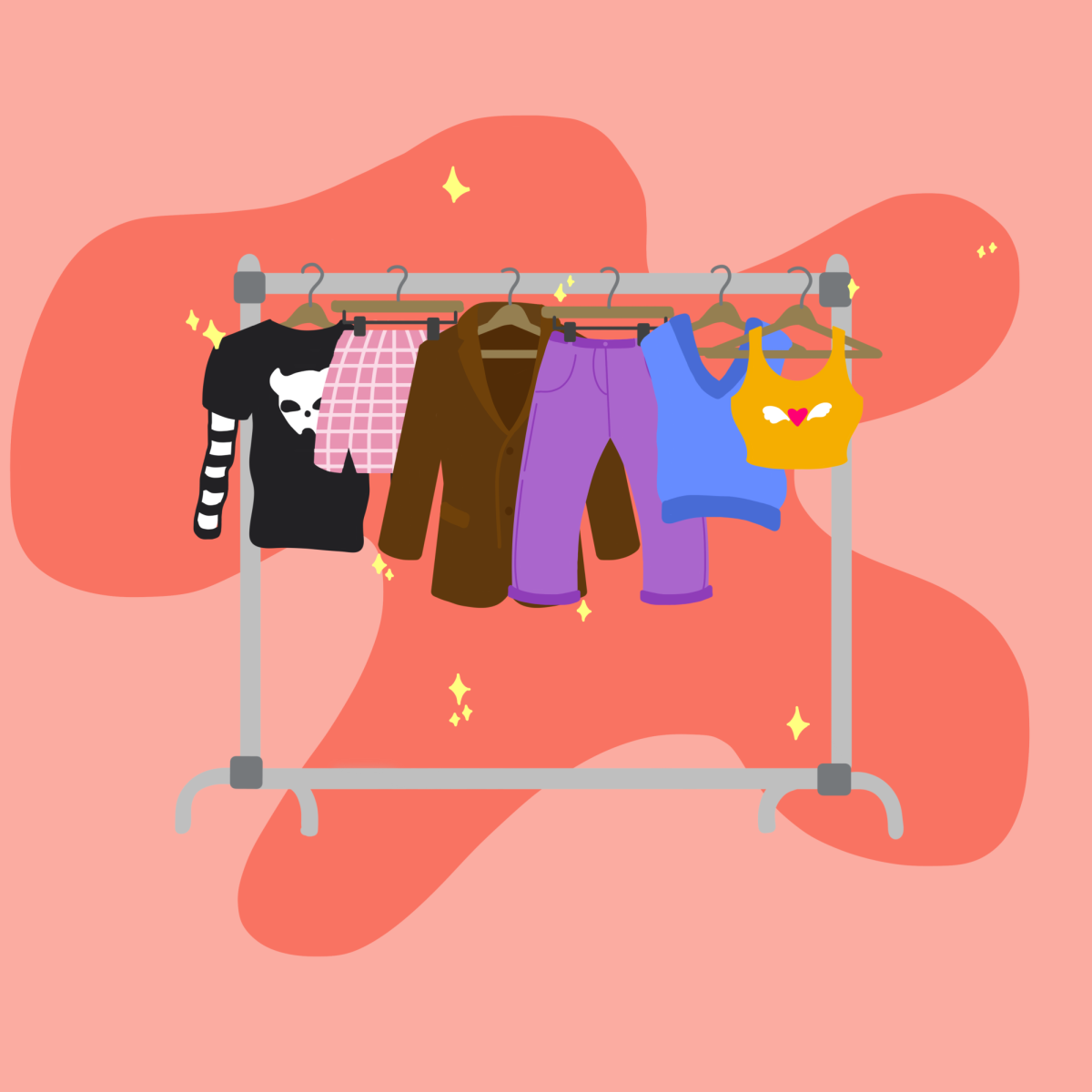The term “aesthetic” has been around as early as the 1700s, as it was commonly associated with the appreciation of beauty. The Greek philosopher Plato believed that aesthetic, or beauty, comes from imitation and replicas, where beauty is replicas of beauty itself. He believed that because imitation is not to the fullest of truthfulness, beauty is “far removed from the truth.”
The 2020s started with the emergence of various aesthetics. These consisted of certain color palettes, music types, symbolized objects and objects labeled as “must-haves” that consist of a certain message and a portrayal of an individual.
While aesthetics were present in the 2010s, the 2020s definitely saw a significant increase of it. Society’s affection for labels became evident with its countless aesthetics with multiples impending every week. Simple things like minimal makeup and a slicked-back ponytail became known as the “clean girl” aesthetic, and gingham patterns in pastel colors became the “soft girl” aesthetic.
Millions of posts on social media were filled with guides to dress one’s aesthetic, a way to find what one’s aesthetic is, objects one of a certain aesthetic has and everything surrounding the term aesthetic.
While aesthetics can be harmful in the way it limits self expression, when discussed in an entertaining manner, it can be an interesting point of view on trends, time and self expression.
A notable one is “dark academia.” Like the title suggests, dark academia involves the beauty of academics, libraries and is reminiscent of the 1800s. Clothing may include plaid skirts, vests, blazers, any type of brown clothing and casual clothing that can also be dressed up formally. Objects one might possess consists of classic books, swords, typewriters, old-fashioned telephones and more. A person with a dark academia aesthetic might enjoy poetry, reading, writing and journaling. They enjoy learning about ancient art, classic literature, poetry, and interior design. Many associate dark academia with academics as a form of romanticization that comes from the desire of motivation.
Another one of aesthetics present in the 2020s is “downtown girl” and “downtown boy.” A big part of this surrounds the area of downtown New York City. Clothing associated with this aesthetic is comfortable and warm as it relates to the autumnal season. It may include boots, earth-tone colors like black, gray and green, and can also be described as grungy, as it emerged in the 1970s in New York. It contrasts from the “uptown girl” aesthetic, which highlights fashionable items like tailored dresses.
Many of these aesthetics include some type of nostalgia for the fashion trends of the past. This elicits the prominence of trends and the never-ending cycle of it. Because of trends, individuals are able to see society transform and unfold; it allows for the recognition of progress and the simple joy of connecting with others.
However, while the carefully-curated pictures fitted into labeled boxes may bring joy to some, it can turn negative.
As mentioned earlier, identifying oneself with a certain aesthetic may seem like it does no harm and in fact improves one’s experiences, but it can lead to the loss of self-expression. Tightly fitting oneself into a box where certain principles are established can cause one to lose identity and limit themselves. The pressure from others, even strangers on the internet, to experience nothing that is out of the made-up foundations, such as clothing and music, can shrink one’s ability to experience genuine joy.
Overall, the 2020s consists of fading aesthetics of the past and splattered new ones that were implicative of past times. New subcultures fell under styles like “emo” and “goth” under the style of “punk rock.” These new aesthetics will come into light again or for the first time for a while, and it is the mindset of each individual to determine whether it is detrimental to beings or a superficial fun hobby of searching for new and trending fashion trends.



